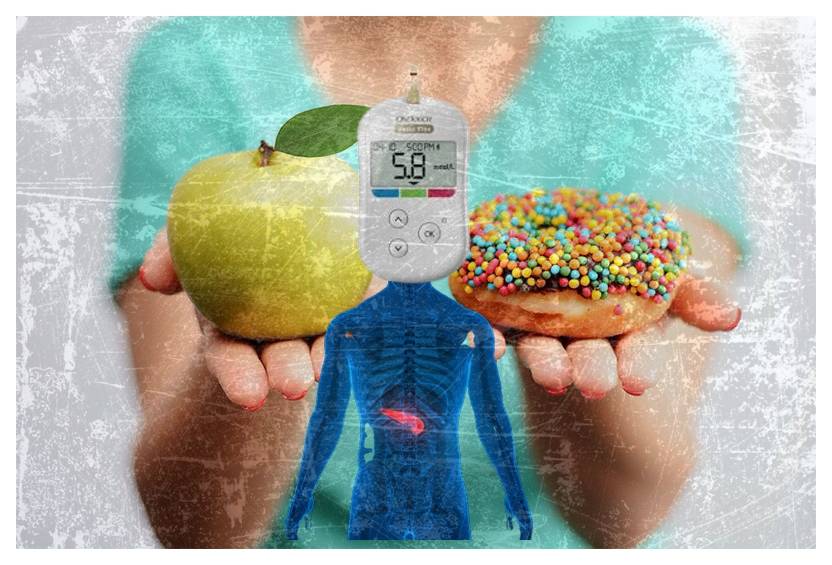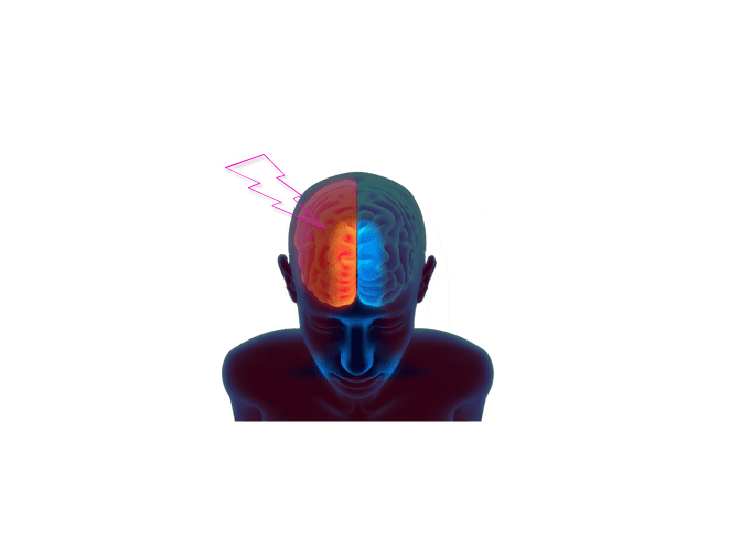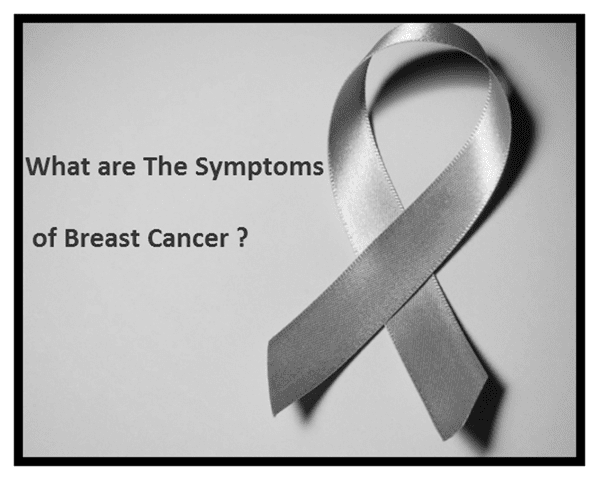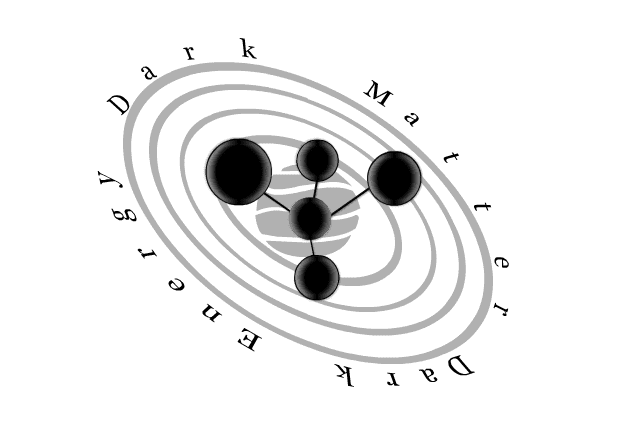癌症 现在是一种非常罕见和常见的疾病,也是人类的无声杀手. 因为我们最初无法知道它何时开始在我们体内发展,所以我们知道它何时达到危险阶段. 它有许多不同类型的癌症. 今天我们要讨论的是女性乳腺癌. 我们将讨论它的症状, 迹象和治疗.
癌症的类型或阶段
乳腺癌有 七 潜在乳腺癌的不同临床症状, 会有很多不同的临床照片和图表.
这 第一个重要标志 你应该知道的是一个新的 块 要么 厚的 乳房组织. 现在需要注意的是,并非所有的乳房肿块都是癌性的. 但是,如果您在检查乳房时注意到新的肿块或不同的肿块, 您应该去看最近的医疗保健提供者,他们可以进行彻底检查并记录您的病史.
这 第二个重要标志 找出不同之处 形状 或一个或任何一个乳房的大小. 现在这很重要,因为这可能预示着潜在的乳腺癌,当您移动手臂或穿衣服时,您可能会注意到这一点.
这 第三个重要标志 要注意的是 体液 从你的乳头排出. 你可以看到分泌物是血性的. 现在不一定需要血腥. 因此,如果您确实注意到乳头有新的任何颜色的分泌物,并且您不是母乳喂养或哺乳期,那么您应该去看最近的医疗保健提供者,他们可以再次检查您并进行全面的病史调查,以尝试调查可能的原因是. 那是因为从乳头流出液体的一个重要原因是潜在的乳腺癌.
这 第四个重要标志 留意变化 腋窝 特别是肿块. 因此,如果您在检查您的腋窝时发现那里有一个您以前从未感觉到的新肿块, 不要犹豫去看你的医生,如果有必要,他可以再次做一次彻底的检查.
这 第五个重要标志 需要注意的是褶皱 酒窝 皮疹 要么 发红 乳房组织周围的皮肤. 所以你在这里注意到的一件事是这些小点,这就是所谓的 Purdue 或橙色. 现在这是橙皮的法语. 如果你想象一个橙子,你可以想象它看起来有点像带有这些小饺子或圆点的橙皮. 如果你注意到这一点, 不要犹豫,去看离您最近的医生或临床医生,他们可以对您进行评估.
这 六个重要标志 需要注意的是皮疹发红, 缩放, 或乳头周围湿疹. 这张照片展示了一种叫做 佩吉特 乳头病. 实际乳头本身周围的这种结垢和皮疹. 然而, 当心这种皮疹, 发红, 缩放, 或乳晕区域的湿疹, 这是实际乳头本身周围的区域.
最后, 这 第七个重要标志 并考虑乳头的变化. 在这张照片中,您可以看到乳头内陷. 如果你确实注意到这样的事情, 正如我之前提到的,不要犹豫,去见离你最近的神秘博士, 将确保他们进行重要而彻底的病史和检查.
所以在这里我们讨论所有 7 乳腺癌的迹象 . 所以迹象, 虽然主要见于女性,但也会影响男性,这是因为男性会患乳腺癌.
What are the possibilities of cancer?
When talking of cancer, possibilities are the various outcomes and scenarios that may arise due to cancer development, diagnosis, treatment and prognosis. Here are some possible cases about cancer:
1.Development
Cancer can develop in almost any part of the body through genetic mutations in normal cells leading to their uncontrolled growth and division. There exist many factors such as genetic predisposition, environmental aspects (tobacco smoke or sunlight), lifestyle issues (diet and exercise) or infectious agents like certain viruses can cause these mutations.
2. Diagnosis
It is possible for cancer to be diagnosed at different stages; from early-stage when it is localized within its original tissue site without invading neighboring tissues or organs to advanced-stage when it has spread (metastasized) to distant body parts. Generally the diagnosis of cancer involves a medical history, physical examination, imaging tests (X-rays, CT scans or MRIs), laboratory tests (blood tests or biopsies) and sometimes genetic testing.
3.Treatment
Treatment options for cancer are determined by a number of factors including the type and stage of cancer, as well as their overall health status and choices. Surgical excision, chemotherapy, radiotherapy, immunotherapy, targeted therapy, hormonal therapy and sometimes a combination of these methods may be used as treatment modalities. The objectives of treatment are to eliminate or destroy cancer cells, reduce tumors in size, relieve symptoms and improve general quality of life.
4. Prognosis
The prognosis for cancer varies widely based on disease factors such as type and stage. Effectiveness of treatment; presence of comorbidities; age; overall health condition among other things. Some cancers have a good prognosis with high survival rates especially if they are diagnosed early and treated well. However some other cancers can lead to poor outcomes especially when they are diagnosed at advanced stages or resistant to treatment.
5. Survivorship
Numerous individuals who have had cancer live healthy lives after going through the disease stage. Survivorship involves checking continually for signs that the cancer has come back (recurrence) taking care of any long-term effects from treatment (for example physical, emotional, cognitive issues) and addressing support needs for patients. Care plans may include regular follow-ups with medical oncologists or primary care doctors to monitor long-term effects like heart problems or secondary cancers that could develop from previous treatments as well as provide surveillance for cancer recurrences which may imply survival monitoring alone or together with palliative care if indeed applicable.
As a whole, even though the prospect of cancer could be terrifying, developments in research for cancer, early detection methods and treatment modes have all improved the conditions and lives of numerous people who have cancer. Nevertheless, it is significant to note that every individual reacts differently to the disease and that there are multiple possibilities as far as cancer is concerned.























非常有用的帖子谢谢你